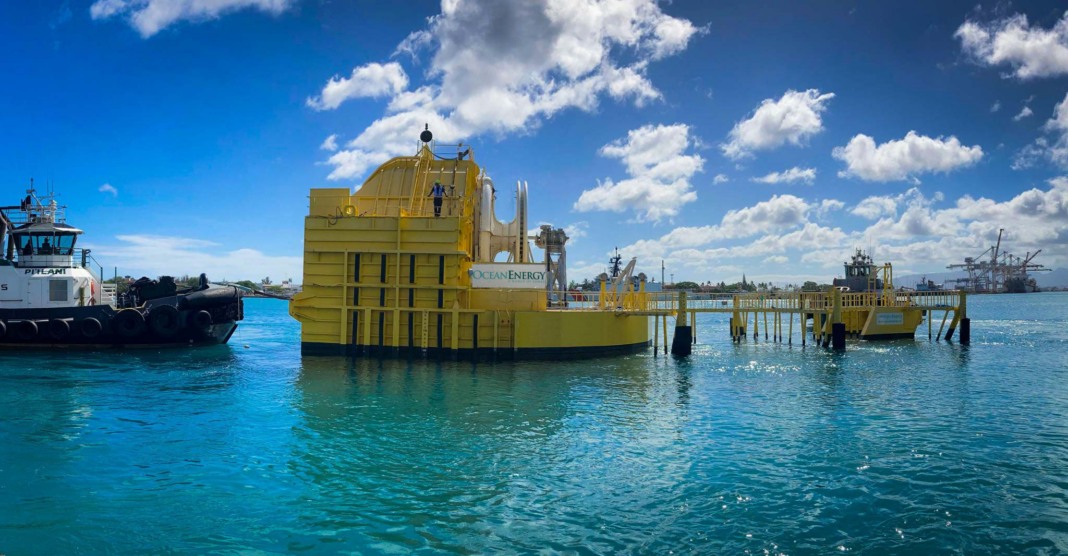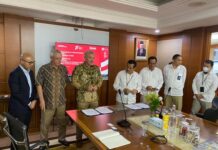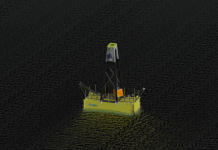A €19.6 million partnership project aiming to be the stepping stone towards large scale wave energy commercialisation, will be launched this week at the International Conference on Ocean Energy in San Sebastian, Spain.
WEDUSEA is a pioneering collaboration between 14 partners, spanning industry and academia from across the UK, Ireland, France, Germany and Spain. It is coordinated by the Irish company OceanEnergy. The project is co-funded by the EU Horizon Europe Programme and by Innovate UK, the UK’s innovation agency.
The University of Exeter is a key partner in this international collaboration. Prof Lars Johanning, who is based at the University of Exeter campus at Penryn, said: “WEDUSEA is set to be a major catalyst for the wave energy industry, unlocking the full potential of this exciting renewable technology. WEDUSEA will make a significant contribution to meeting the challenges of climate change and the energy crisis, boosting the wave energy industry worldwide.”
Prof Johanning continued: “WEDUSEA builds on the partners’ experience in prior EU projects. In particular, it draws on the findings of the Components for Ocean Renewable Energy Systems (CORES) project, in which new components and systems for ocean energy devices were developed and trialled. The new WEDUSEA project will take wave energy to the next level, opening up the way for large scale commercial arrays.”
OceanEnergy has developed the OE35, which is the world’s largest capacity floating wave energy device. Floating on the ocean’s surface, the device incorporates a trapped air volume, with the lower part open to the sea. Wave pressures at the submerged opening cause the water to oscillate and drive the trapped air through a turbine to generate electricity. This energy can be exported to the grid or used in other offshore applications.
The WEDUSEA project will demonstrate a grid connected 1MW OE35 floating wave energy converter at the European Marine Energy Centre Test Site in Orkney, Scotland.
Prof Tony Lewis, chief technical officer at OceanEnergy, explained: “This rigorous technical and environmental demonstration will happen over a two-year period in Atlantic wave conditions. We believe this will be transformational for the wave energy industry, with outcomes directly impacting policy, technical standards, public perception and investor confidence. Wave energy is the world’s most valuable and persistent renewable resource. However, it has yet to be fully realised. The project will demonstrate that wave technology is on a cost reduction trajectory and will thus be a stepping stone to larger commercial array scale up and further industrialisation. We predict that the natural energy of the world’s oceans will one day supply much of the grid.”
The four-year WEDUSEA project has three phases. The first phase is the initial design of a device suited to European Marine Energy test site’s ocean conditions. This will be followed by the demonstration at the site, lasting two years. The final phase will be commercialisation and dissemination which sees the capitalisation and exploitation of the results. OceanEnergy and other consortium companies will actively exploit the results through new innovations, products and services. The results will also be disseminated to feed both environmental databases and IEC electrotechnical standards.









